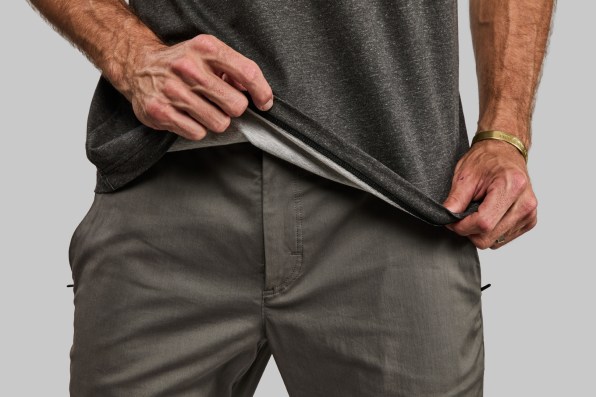Lots of opposition but 'a striking absence of good arguments' against vaccine passports, says ethicist
If your choice poses risk to others, 'it may be legitimate for society to limit your liberty': Arthur Schafer

The Canadian Civil Liberties Association strongly opposes COVID-19 vaccine passports. So do several provincial premiers, including Alberta's Jason Kenney, Saskatchewan's Scott Moe and Ontario's Doug Ford.
Prime Minister Justin Trudeau has reluctantly agreed to participate in a vaccine passport scheme for international travel, but he has dropped the ball completely when it comes to a passport for use domestically.
Prominent Canadian bioethicists have also weighed into the debate — mostly on the negative side.
So, lots of opposition, but a striking absence of good arguments.
The major ethical worry flagged by the civil liberties association focuses on privacy loss. One's vaccination status counts as personal health information and as such it should be private and confidential. Fair enough.
But the actual loss of privacy involved in presenting a QR code to confirm your vaccination status for admission to a restaurant or gym or concert seems inconsequential.
A caller to an open-line radio debate in which I participated declared that when someone else knows that he's fully vaccinated (or not), the loss of privacy he suffers is equivalent to them knowing that he has a sexually transmitted disease.
One doesn't know whether to laugh or cry. If he doesn't want anyone to know his vaccination status then he can simply decide not to drink or dine indoors at a bar or restaurant, or to attend a sporting or cultural event where proof of vaccination is required.
Moreover, though privacy is important, it is not an absolute value. In times of pandemic, some loss of privacy can be justified on public health grounds.
Most Canadians agree that to protect vulnerable people — those who are unable to be vaccinated or children, or even those who are fully vaccinated but could nevertheless be infected because the vaccines offer less than 100 per cent protection — vaccine passports are justifiable.
Perhaps at some point down the road, in six months or a year, say, we will have reached zero COVID. At that point all COVID restrictions will be happily abandoned.
But if we wait until that time before resuming something close to normal social, economic, educational and cultural life, then the harm to society will be incalculable.
Reasonable accommodations for unvaccinated
Marginalized Canadians are suffering the most — some from COVID unemployment, others from high-exposure, low-paid service or factory work. They stand to benefit the most from the rapid and safe easing of restrictions for those who can prove full vaccination.
A prominent University of Toronto bioethicist worries that vaccine passports make it possible for Canadians to be "tracked" by government.
The obvious answer to this concern is to design a national vaccine passport that prevents tracking. If the passport is also secure against forgery, so much the better.
Premiers Ford, Kenney and Moe may oppose vaccine passports because they fear a public backlash from their libertarian constituency.
Prime Minister Trudeau, on the other hand, is a strong advocate of public health. His distinct lack of enthusiasm is likely based on the misconception that such passports would unfairly discriminate against the unvaccinated, thereby creating a "two-tier" society.
WATCH | Without national standards for proof of vaccination, provinces and businesses have 'hodgepodge' of rules (from The National, July 14):
 Canada doesn’t have national standards for proof of a COVID-19 vaccination and as a result, there’s a 'hodgepodge' of methods created by provinces and businesses. 1:54
Canada doesn’t have national standards for proof of a COVID-19 vaccination and as a result, there’s a 'hodgepodge' of methods created by provinces and businesses. 1:54Many people share this concern. They worry that to distinguish between the vaccinated and the unvaccinated would be comparable to discrimination based on race, religion or ethnicity. Canadians rightly reject all forms of morally arbitrary discrimination.
But an unvaccinated student who is excluded from a university residence, for example, is not rejected arbitrarily. Protecting the health of fellow students is properly the university's obligation.
Those who choose not to be vaccinated, for whatever reason, should be reasonably accommodated. Students should be allowed to take their classes by Zoom. Where feasible, employees should be allowed to work from home. Shoppers can shop online.
Sometimes social distancing, masking and a negative test can offer adequate protection. The Nashville North tent at the Calgary Stampede required proof of vaccination but also admitted people who tested negative.
Legitimate limits
Our most famous defence of individual liberty comes from 19th-century British philosopher J. S. Mill, who argued that individuals should be free to live their lives as they see fit, without coercive interference.
However, when your autonomous choice poses a risk of harm to others then it may be legitimate for society to limit your liberty.
Every liberty limitation requires justification: Is there a proven risk of serious harm to others? Is the least coercive means being used? Will the coercion actually achieve the desired end? Is it likely to produce proportionately more good than harm?
The case for vaccine passports seems to pass all of Mill's tests: Public health is a supreme value; restoring liberty to as many people as possible as quickly and safely as possible is a pressing social need. There will be a reduction of liberty for the unvaccinated but the harm done will be proportional.
The current situation in Canada is a chaotic hodgepodge. Provinces are pulling in different directions. Organizations and businesses are having to make their own decisions.
Even in passport-rejecting provinces, such as Ontario, individual restaurants, some bars, gyms and sporting/cultural events are requiring proof of vaccination.
Perhaps it's not too late for the federal government to pick up the ball it dropped and create an effective, secure and safe vaccine passport for provinces to adopt. The alternative is that we will end up with ineffective, insecure and unsafe vaccine passports and a country in disarray.



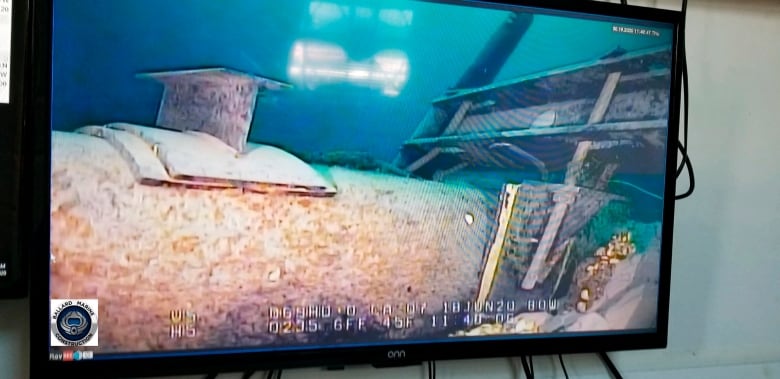
/cloudfront-us-east-1.images.arcpublishing.com/tgam/JBU3XC7JLJC2FPLRL3JYTEZJNA.jpg)
/cloudfront-us-east-1.images.arcpublishing.com/tgam/X7OTTKDZC5BA5FPOI3SS3KBP2Q.jpg)
/cloudfront-us-east-1.images.arcpublishing.com/tgam/Z47UWZD5XFFGNDCQJESB64OUBU.jpg)
/cloudfront-us-east-1.images.arcpublishing.com/tgam/UKXFFMM75BJRBN5KH6YRX6C4DA.jpg)
/cloudfront-us-east-1.images.arcpublishing.com/tgam/WMDBE2XELZHLJJAPSGSEYDCFAM.jpg)
/cloudfront-us-east-1.images.arcpublishing.com/tgam/5GXVOUEYJ5EY7IIZDBEYENIH6M.jpg)
/cloudfront-us-east-1.images.arcpublishing.com/tgam/PRDZG6SZSNCQ5LHLKKCVE4XRPA.jpg)
/cloudfront-us-east-1.images.arcpublishing.com/tgam/GKE54WEZQBB4FOCVHY6FCSJSHM)
/cloudfront-us-east-1.images.arcpublishing.com/tgam/V6HGCXXYOBLALCNA7FT5EA33RQ.JPG)
/cloudfront-us-east-1.images.arcpublishing.com/tgam/CRKXCLJIDZMJFO4ZWEIIN5ZYQE.jpg)
/cloudfront-us-east-1.images.arcpublishing.com/tgam/4673VYX5PJBPBLQQBCT3M7KZME.jpg)
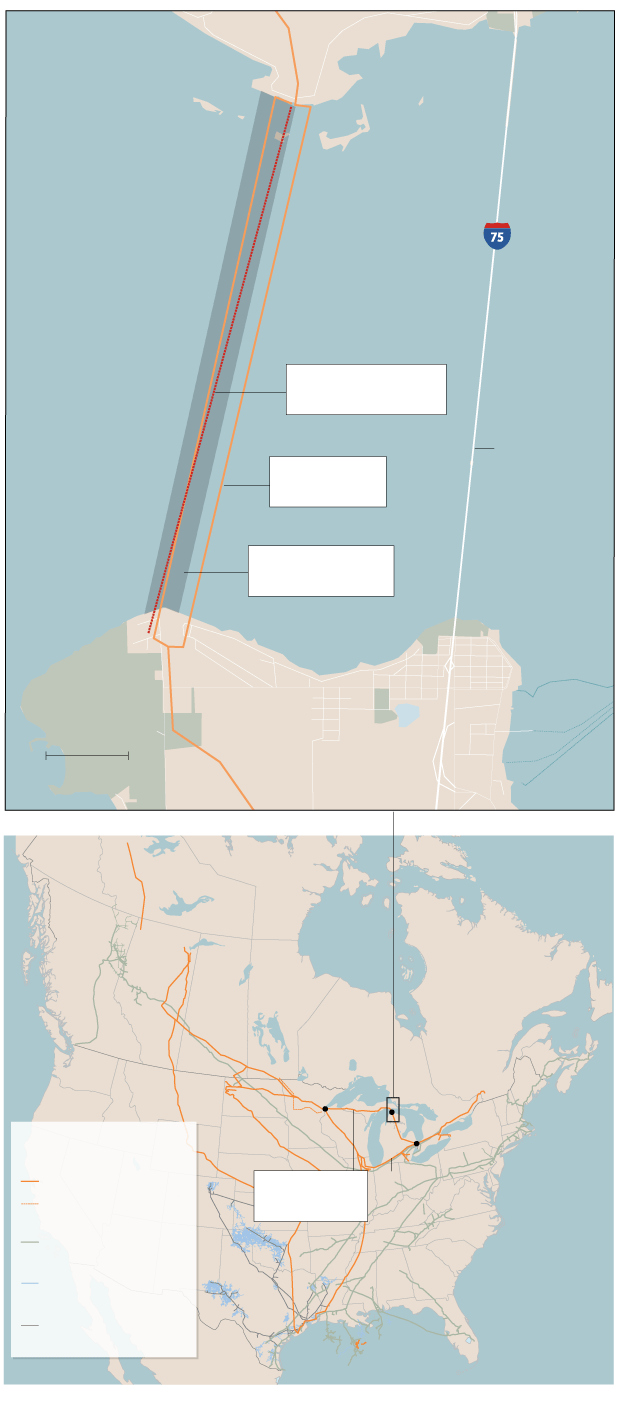
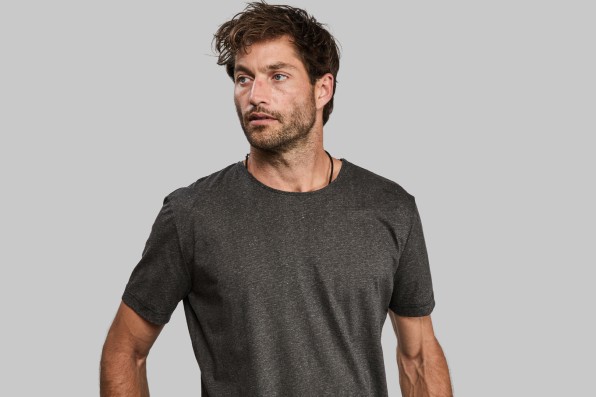
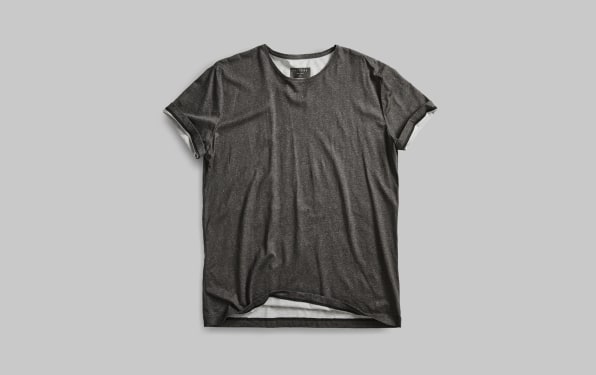
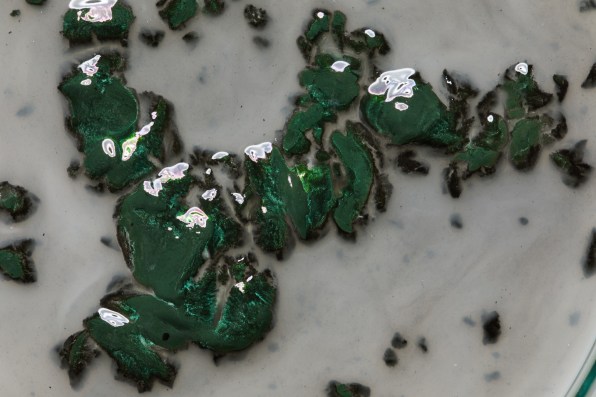
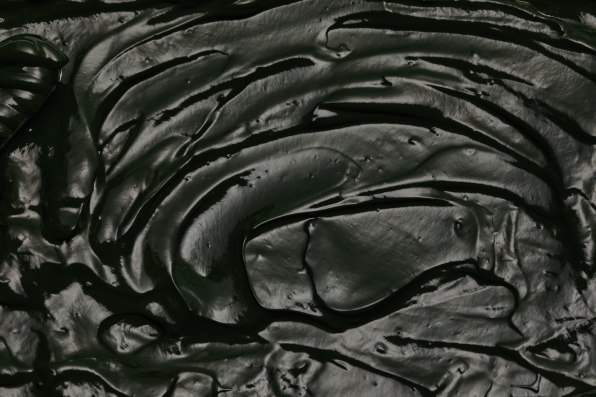 [
[